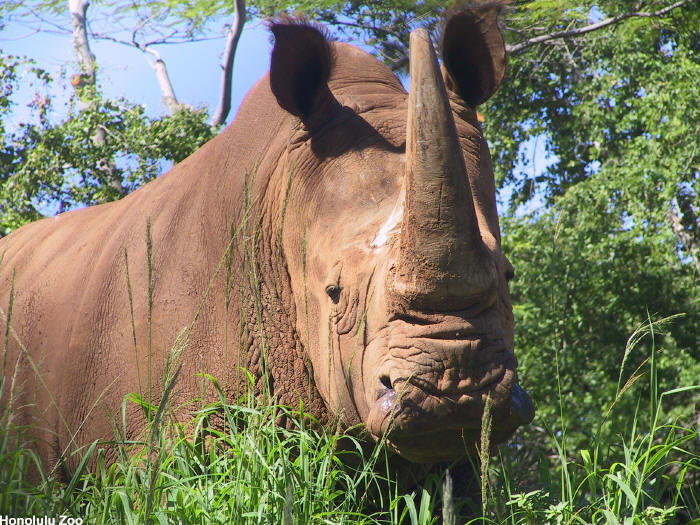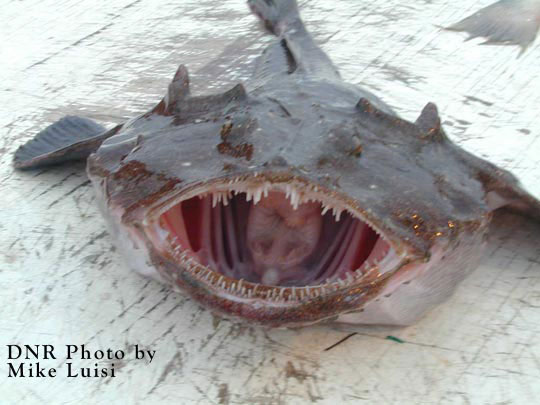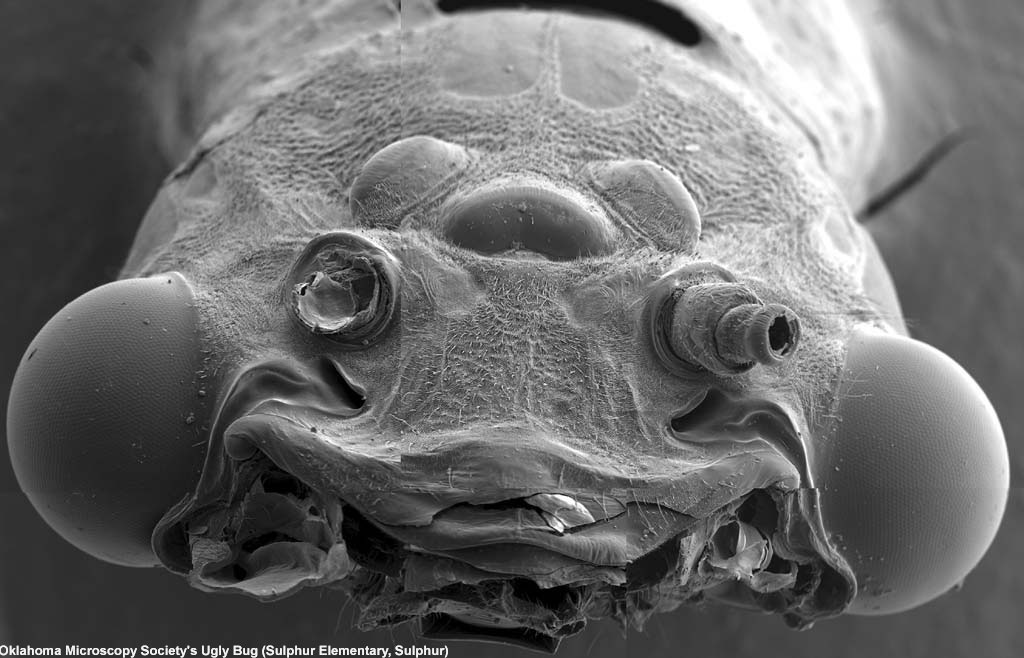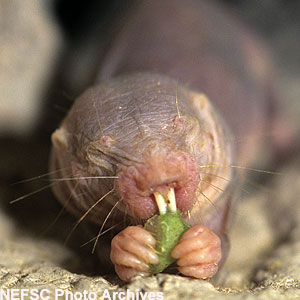Large Relative of 'Sea-Monkey' Found in Idaho
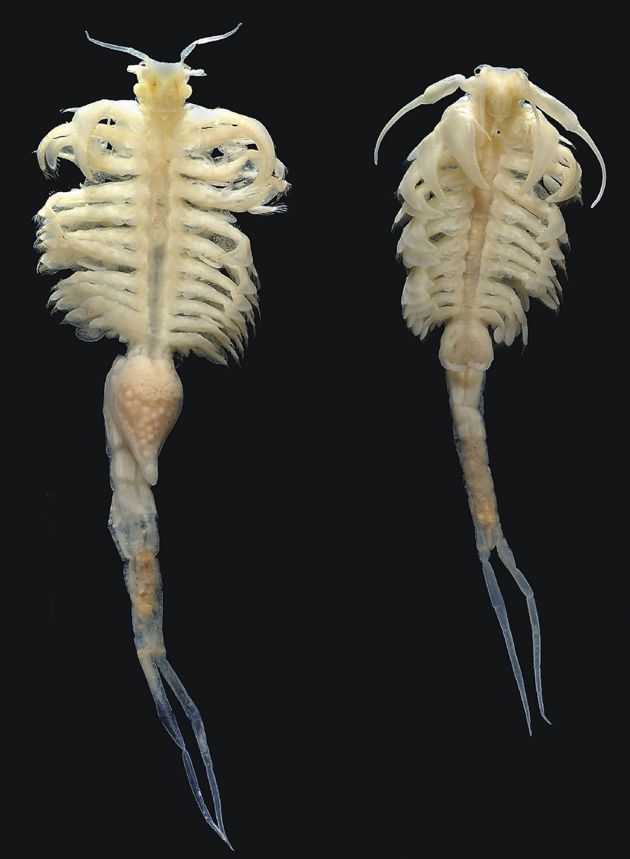
BOISE, Idaho (AP) -- Biologists with the Idaho National Guard have discovered a new species of fairy shrimp living in the oft-dry lake beds of Idaho's desert.
Though they look delicate enough to match their name, they are strong enough to survive, unhatched, for years in the baking heat of summer and the frozen tundra of winter until enough rain falls and the pools return. Once they awaken they live a few frenzied weeks, mating and leaving behind tiny cyst-like offspring, and die.
Fairy shrimp are relatives of brine shrimp, which since 1960 have been marketed as Sea-Monkeys to children and said to "magically" come alive when mixed with water. They grow to about a half-inch.
In 1998, astronaut John Glenn took Sea-Monkeys aboard the Space Shuttle Discovery. An experiment required creatures that could be loaded onto the shuttle in the summer and not die before launch in the fall. The Sea-Monkey eggs were hatched after returning from space.
The newfound shrimp species is larger than a Sea-Monkey but similarly hardy.
"This is a large, predatory fairy shrimp. This guy is about three inches long. That is huge for a fairy shrimp,'' biologist Dana Quinney said Tuesday during a press conference announcing the discovery.
There are already about 300 species of fairy shrimp worldwide, Quinney said, but only three other species boast the size of the newly discovered ones. Though the animals have been given a Latin name, Quinney is reluctant to reveal it until an article describing the species is published in a scientific journal, possibly next winter.
Get the world’s most fascinating discoveries delivered straight to your inbox.
Dana Quinney and a colleague, Jay Weaver, first noticed the carnivorous shrimp in 1996. It took them nearly 9 years to compare the animal to the existing species and realize they had something entirely different.
"If you're just a little biologist like me, you're kind of a generalist,'' she said. "Many species of fairy shrimp look very much alike and it not only takes an expert but it takes an expert and a good microscope to tell them apart. This one is really, really, really different from all the other species in the world.''
The new species has several spines on its front legs, and each spine is covered with several more, even smaller spines. The belly of the shrimp is covered with patches of Velcro-like spikes, enabling it to stick to and store up to four smaller fairy shrimp of different species -- its prey. The new species also have a unique long, tapered and forked tail and the males have much longer antennas than other fairy shrimp.
It's no wonder that the animals were only recently discovered, Quinney said. They prefer to live in the opaque, brown pools known as playas that only occur during good water years.
Like other fairy shrimp, the animals swim upside down, with their legs toward the water's surface.
"They swim all the time unless it's really cold and they capture and kill smaller fairy shrimp. They sweep the water with these big tail segments and if they contact a prey then they go for it,'' she said.
The shrimp have apparently evolved ways to deal with a scarce food source. When the playas begin to run out of the tinier shrimp, they catch and store their prey for future eating.
"They grab them, bite them -- probably don't kill them but reduce the activity level -- and clamp them to the body with these little flaps,'' Quinney said.
If another tiny shrimp is found, the bigger animal moves the first catch further down its abdomen, making room to save the second catch. The big shrimp can hang onto as many as four of the smaller victims as needed.
"Then, if they don't encounter prey for a while -- because they have to eat often -- then they will move on up and have a picnic lunch,'' Quinney said.
It is too soon to know how common the big shrimp are, Quinney said. Out of 22 playas in the land used for training for the Idaho National Guard, only two were found to hold the shrimp. Since the shrimp are tough to find, scientists aren't yet sure just how many of the new species live in those pools.
The Idaho National Guard does not train in the dry lake beds and so does not likely pose a risk to the animals, she said.
Some other types of fairy shrimp have protection under the federal Endangered Species Act, limiting the use of the land they inhabit.
Though the biologists have not yet seen anything eating the big shrimp, they believe that birds such as ducks and sandpipers may eat the animals. Early Native Americans are believed to have eaten the smaller types of fairy shrimp, Quinney said, and may have eaten the larger ones as well.
The animals are vastly different from the shrimp most people find on their dinner plates. Edible ocean shrimp have large adductor muscles, which is the part that people eat. Fairy shrimp are mostly made up of feathery legs and antennae.
They reproduce with egg-like cysts, that contain the hatched but protected and "sleeping'' shrimp. The cysts can survive for years until enough rain falls triggers them to hatch and live out their lifespan.
LiveScience staff contributed to this report.
Small Stuff
Micromachines
Microscopic Images as Art
Hardy Critters
Wild Things: The Most Extreme Creatures
Creatures Frozen for 32,000 Years Still Alive
Which Animal is the Ugliest?

